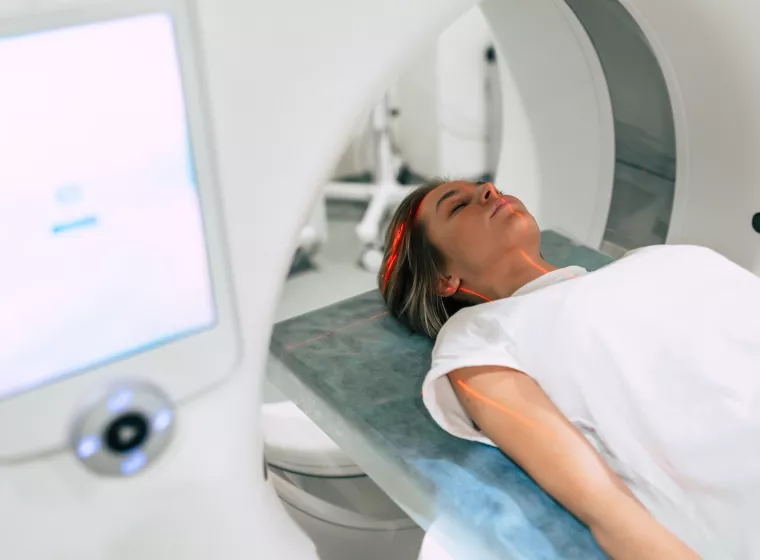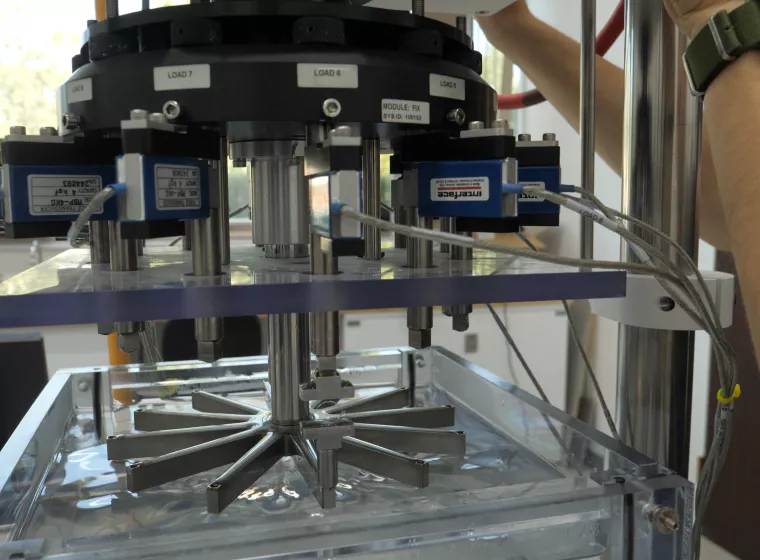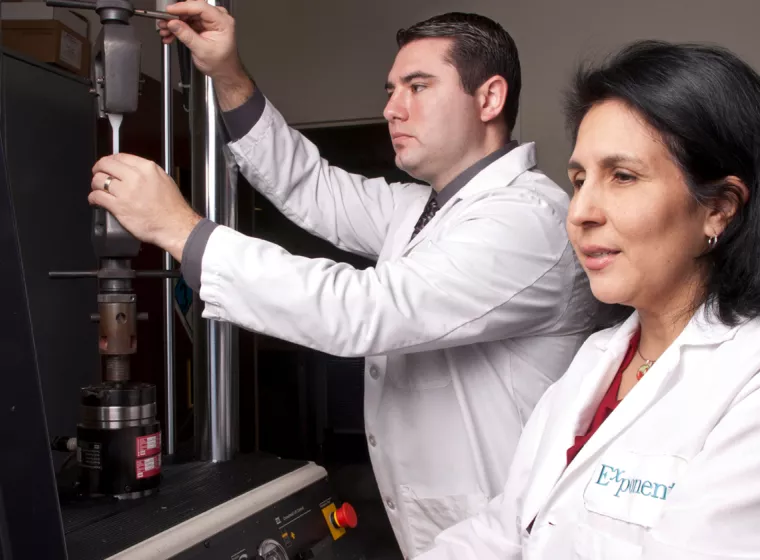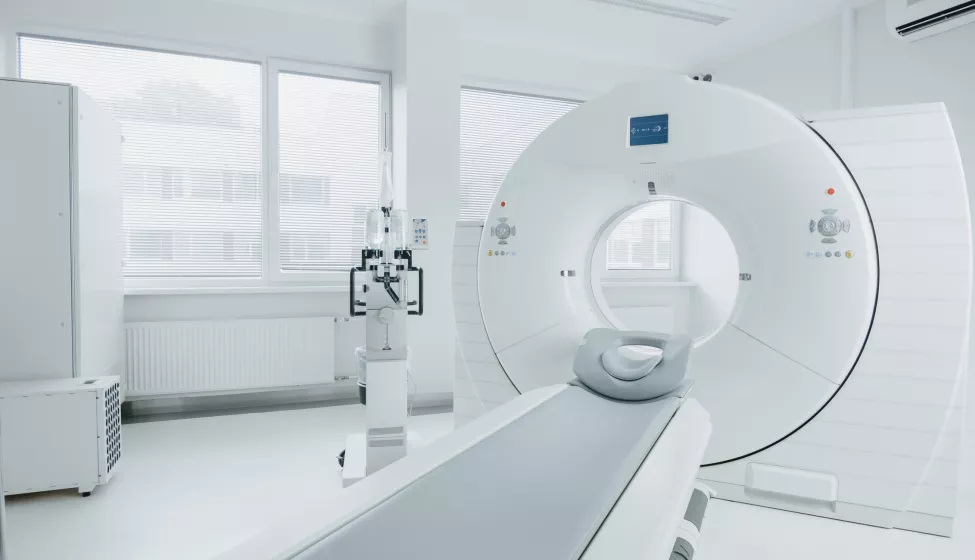November 8, 2023
Agency updates MRI environment recommendations for implantable device compatibility testing; issues guidance for premarket submissions for MRI equipment
Releasing two MRI industry documents in one day, the Food and Drug Administration has updated its guidance for compatibility testing of implanted medical devices used in a magnetic resonance (MR) environment and for premarket submissions for MRI equipment. Medical device and MR scanner manufacturers will likely want to examine any plans for ongoing or future evaluations to ensure that they comply with the latest industry guidance.
FDA posted its recommendations on Oct. 10 across two guidance publications:
- The MRI compatibility guidance establishes how to test whether an implantable device is compatible and safe within an MRI environment.
- The MR diagnostic devices guidance details the information that should be included in a regulatory submission for a manufacturer preparing to market an MRI machine.
Compatibility testing and safety guidance for medical devices in the MR environment
The updated MRI compatibility guidance clarifies the agency's thinking on MR clinical definitions while introducing new evidence and testing requirements for device torque evaluations. Changes of note include:
- Updates MR environment definition to include "the three-dimensional volume surrounding the MR magnet that contains both the Special Environment (Faraday shielded volume) and the B0 Hazard Area (space around the MR equipment where the static magnetic field can cause harm)."
- Replaces rationale for identifying worst-case device scenarios for magnetically induced torque assessments and states, "some experimentation may be needed to determine the worst-case device size and configuration for assessing magnetically induced torque."
New guidance for submission of premarket notifications for MR diagnostic devices
Based on updated FDA guidance, MRI device manufacturers should be prepared to expand the range of biocompatibility testing on all patient-contacting materials. Key changes issued in the guidance include:
- Biocompatibility should now be addressed for any patient-contacting materials. Previously, such testing was reserved for new materials or materials with invasive uses.
- The magnetic field threshold for establishing a controlled access area around the magnetic resonance diagnostic device (MRDD) is increased from 0.5 mT (5 gauss) to 0.9 mT (9 gauss).
- The software associated with a MRDD is no longer explicitly defined as a "Moderate" cybersecurity concern. A 510(k) should now include documentation consistent with a "Basic Documentation Level."
Manufacturers should consider expanding their array of testing as needed to meet device torque evaluations or address biocompatibility testing for patient-contacting materials. FDA stated that their guidance applies to all medical devices that might be used in the MR environment, with the goal of promoting consistency and facilitating efficient review of medical device submissions.
What Can We Help You Solve?
Exponent helps medical device and scanner manufacturers investigate critical aspects related to MRI compatibility hazards to mitigate risks, support device optimization, and maximize patient access to this critical diagnostic imaging modality.

MRI Compatibility
MRI compatibility testing for medical devices to help ensure product safety and regulatory compliance.

Medical Device Evaluation
Sophisticated medical device evaluations for a vast array of applications.

Medical Device Design & Development Support
Crucial medical device design and development analyses to empower your decision-making.

Regulatory Compliance for Medical Products
Experienced regulatory support for medical devices, pharmaceuticals, and combination products.

Biomedical Engineering Laboratories
Expert biomedical laboratory services, delivering evidence-based answers for your most complex challenges.




